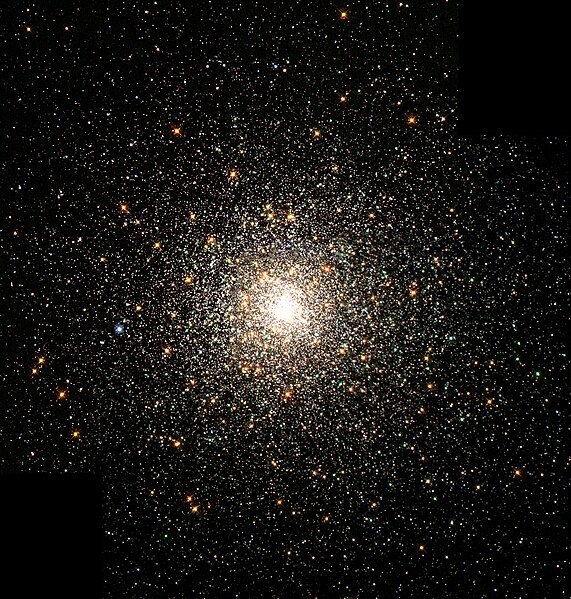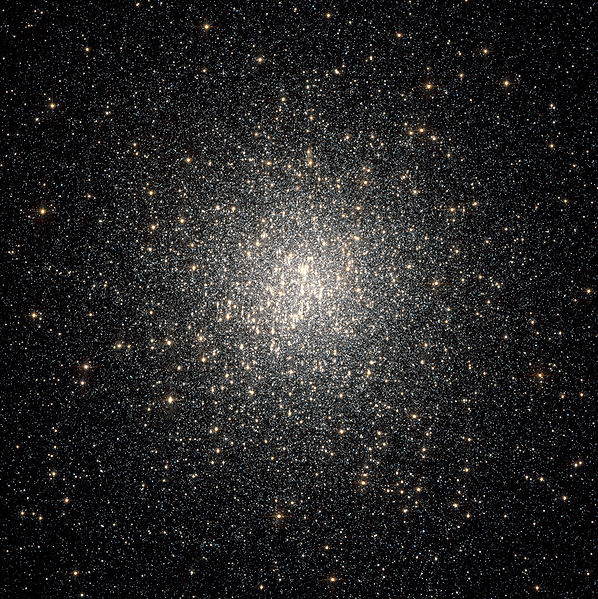Helen Battles Sawyer Hogg was an American-Canadian astronomer who pioneered research into globular clusters and variable stars. She was the first female president of several astronomical organizations and a scientist when many universities would not award scientific degrees to women. Her scientific advocacy and journalism included astronomy columns in the Toronto Star and the Journal of the Royal Astronomical Society of Canada. She was considered a "great scientist and a gracious person" over a career of sixty years.
Dr. Helen Sawyer Hogg, at a table in her office, studies a photographic slide taken of one of her favourite variable stars.
Lowell High School, where Helen graduated at 15 years old.
Gate of Mount Holyoke College in South Hadley, MA
Dominion Astrophysical Observatory ca. 1900-1925
A globular cluster is a spheroidal conglomeration of stars that is bound together by gravity, with a higher concentration of stars towards their centers. They can contain anywhere from tens of thousands to many millions of member stars, all orbiting in a stable, compact formation. Globular clusters are similar in form to dwarf spheroidal galaxies, and the distinction between the two is not always clear. Their name is derived from Latin globulus. Globular clusters are occasionally known simply as "globulars".
Messier 2
NGC 7006 is a highly concentrated, Class I globular cluster.
The Messier 80 globular cluster in the constellation Scorpius is located about 30,000 light-years from the Sun and contains hundreds of thousands of stars.
NGC 2808 contains three distinct generations of stars. NASA image








